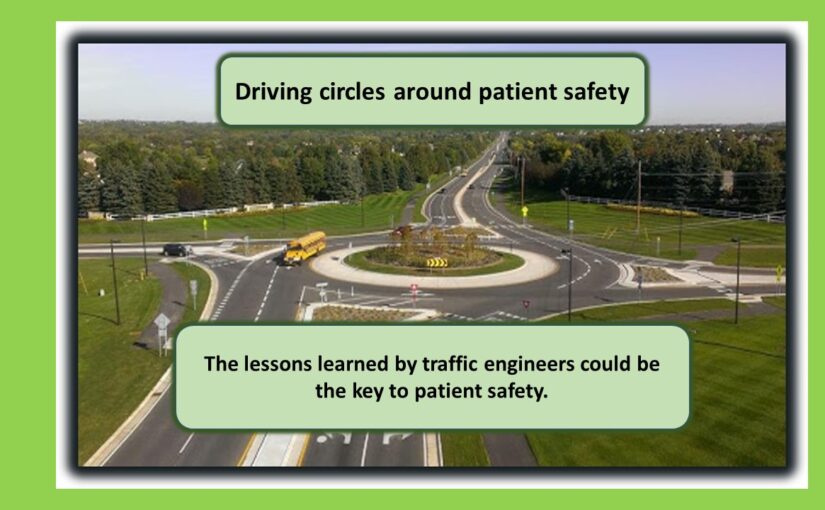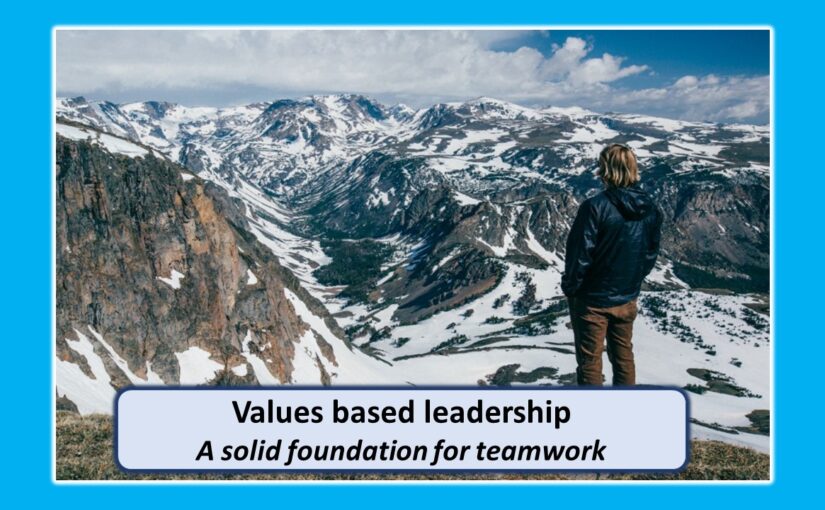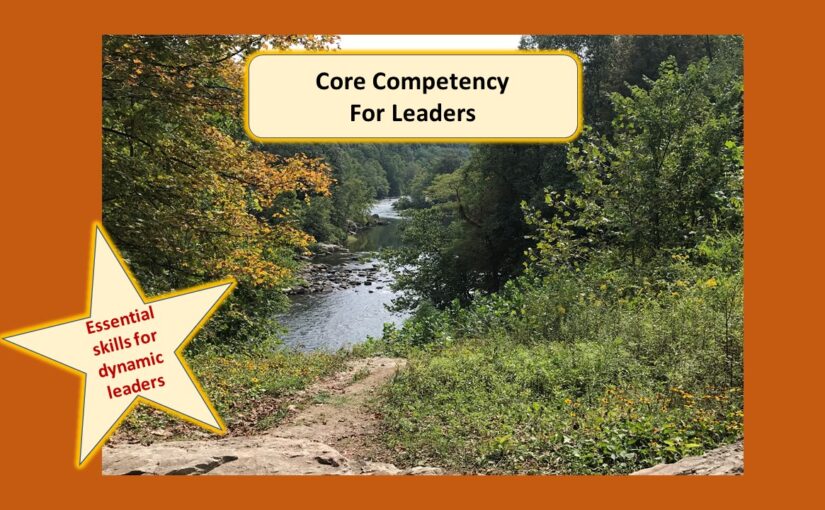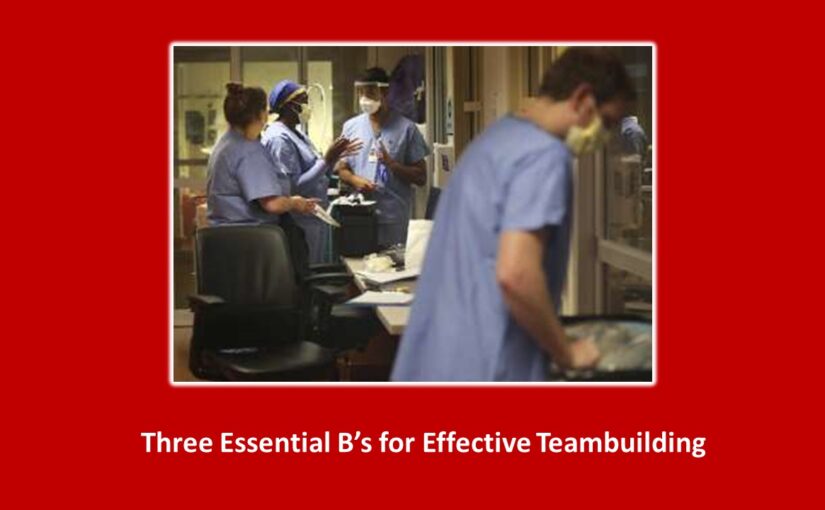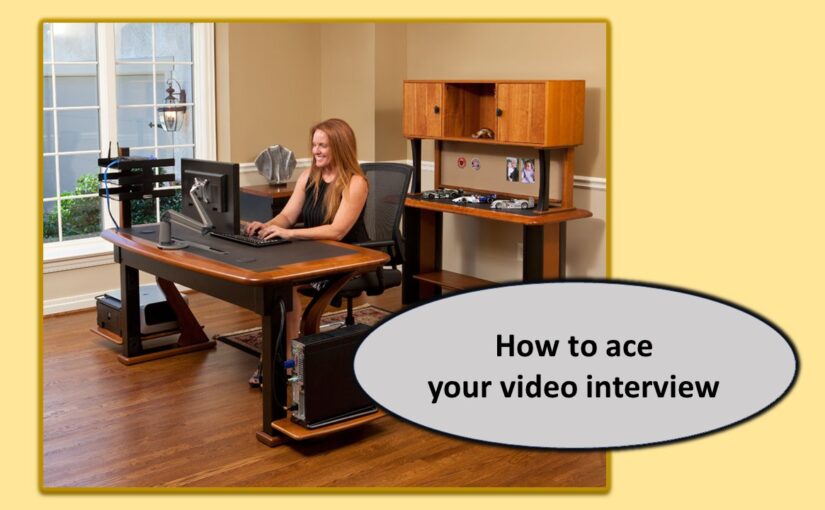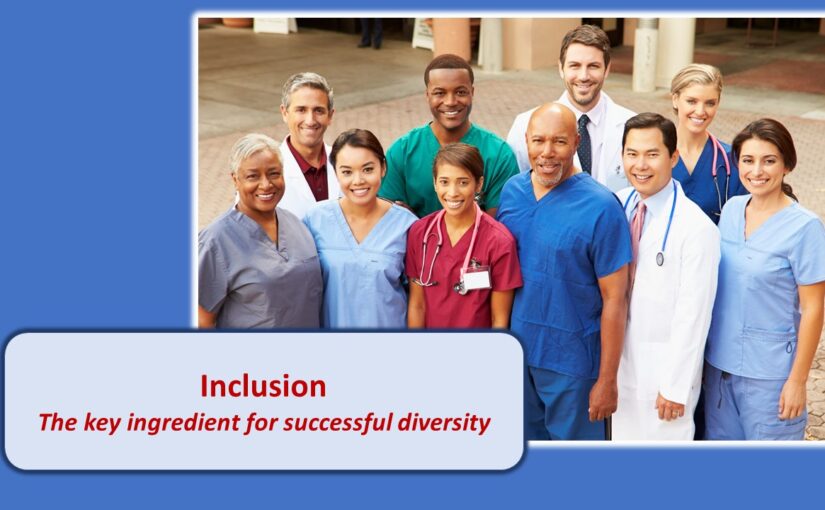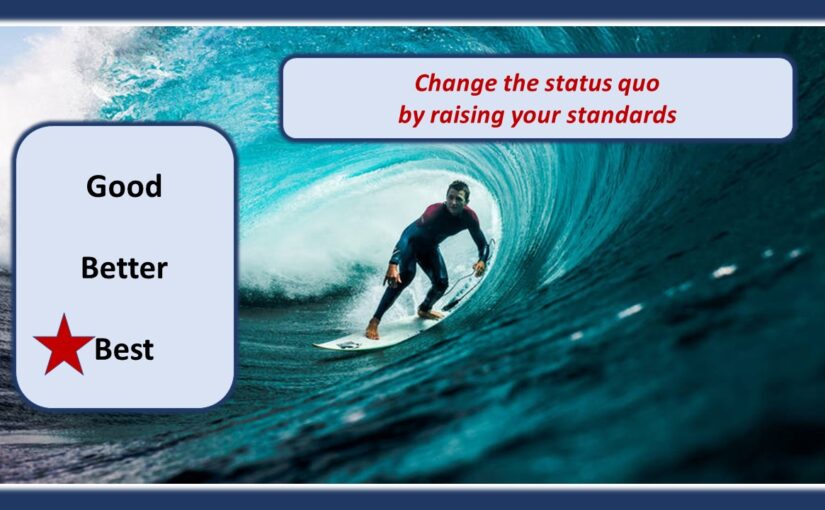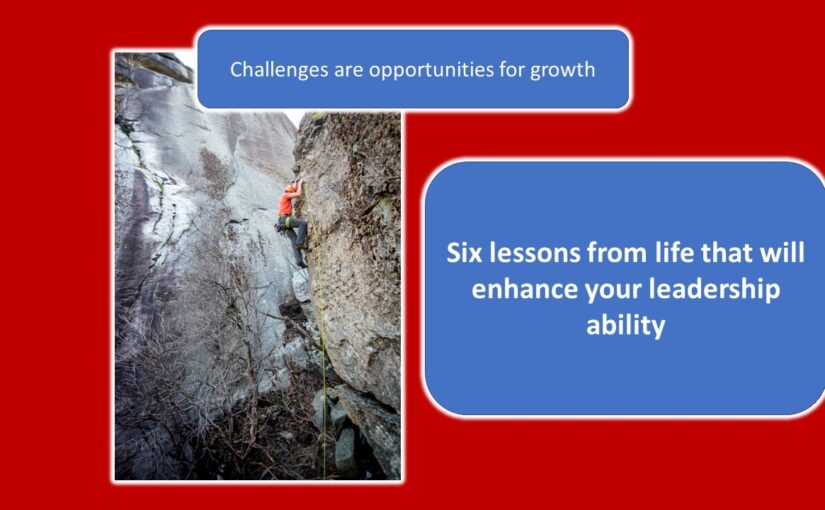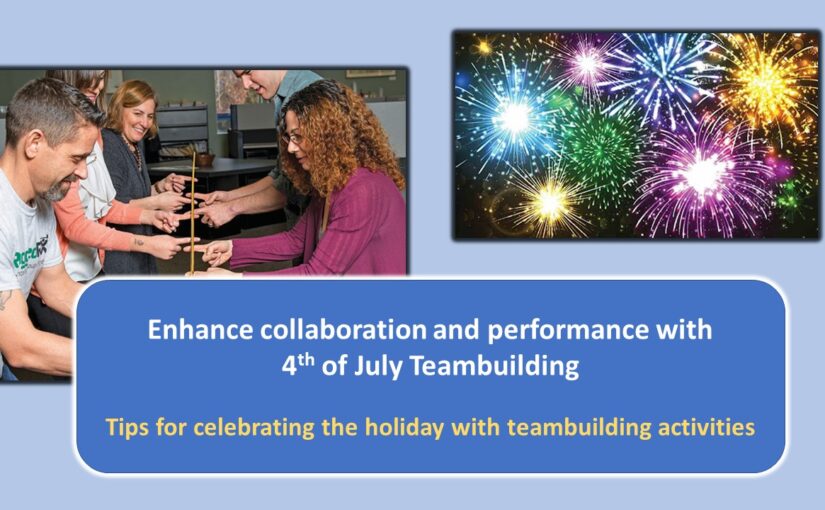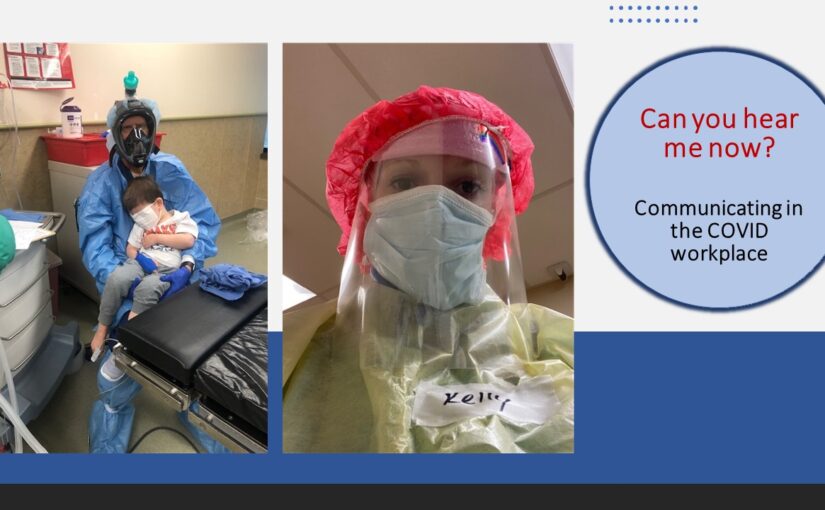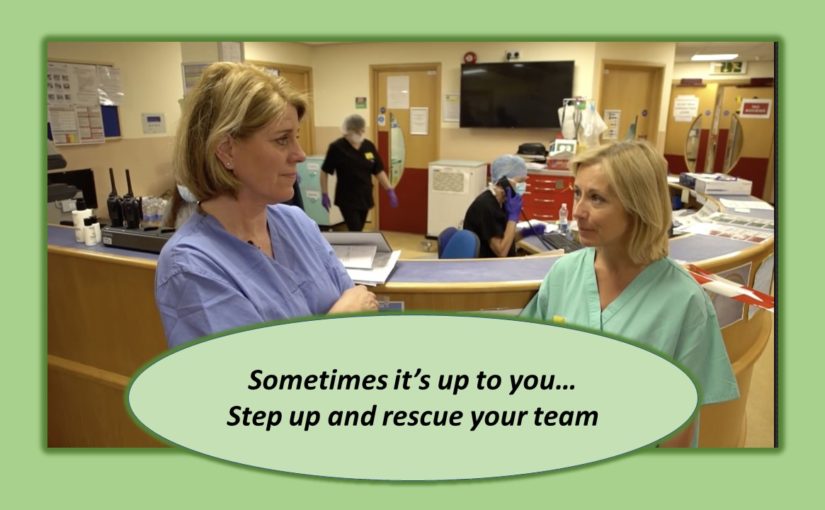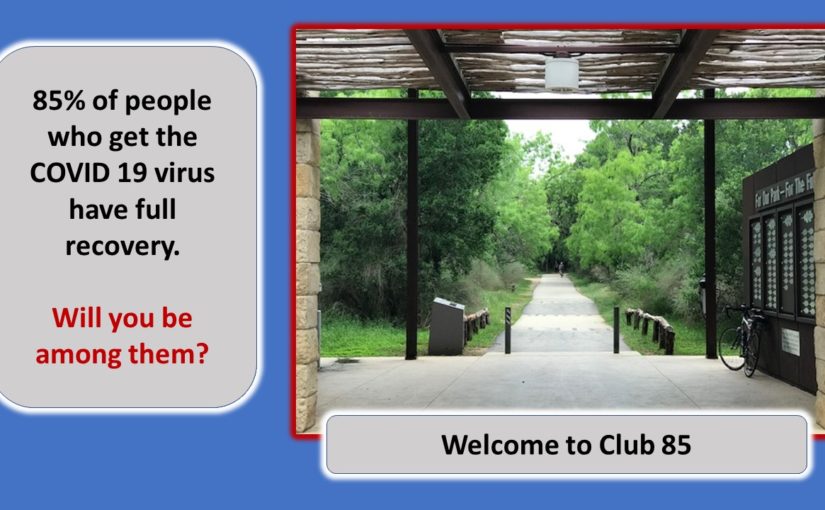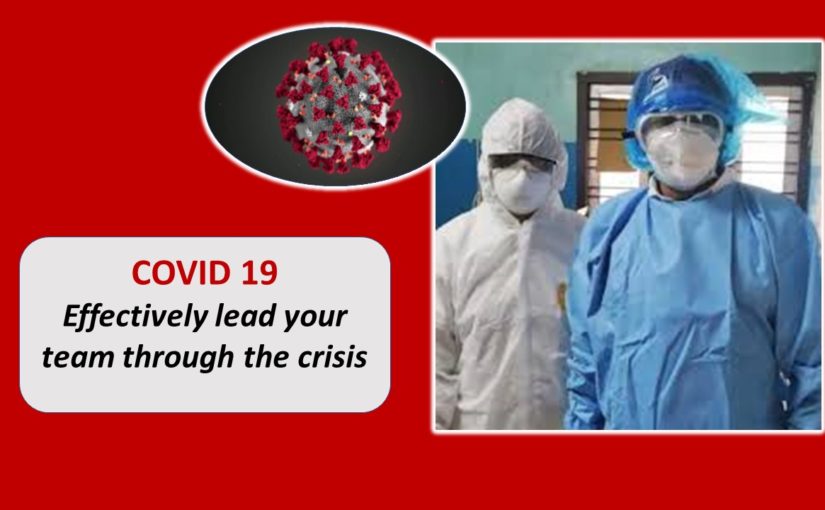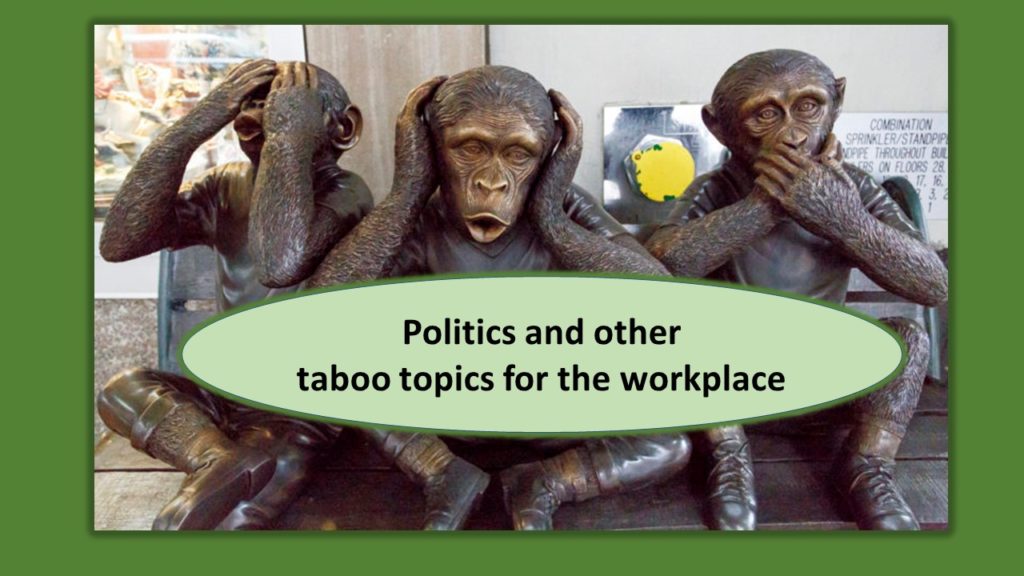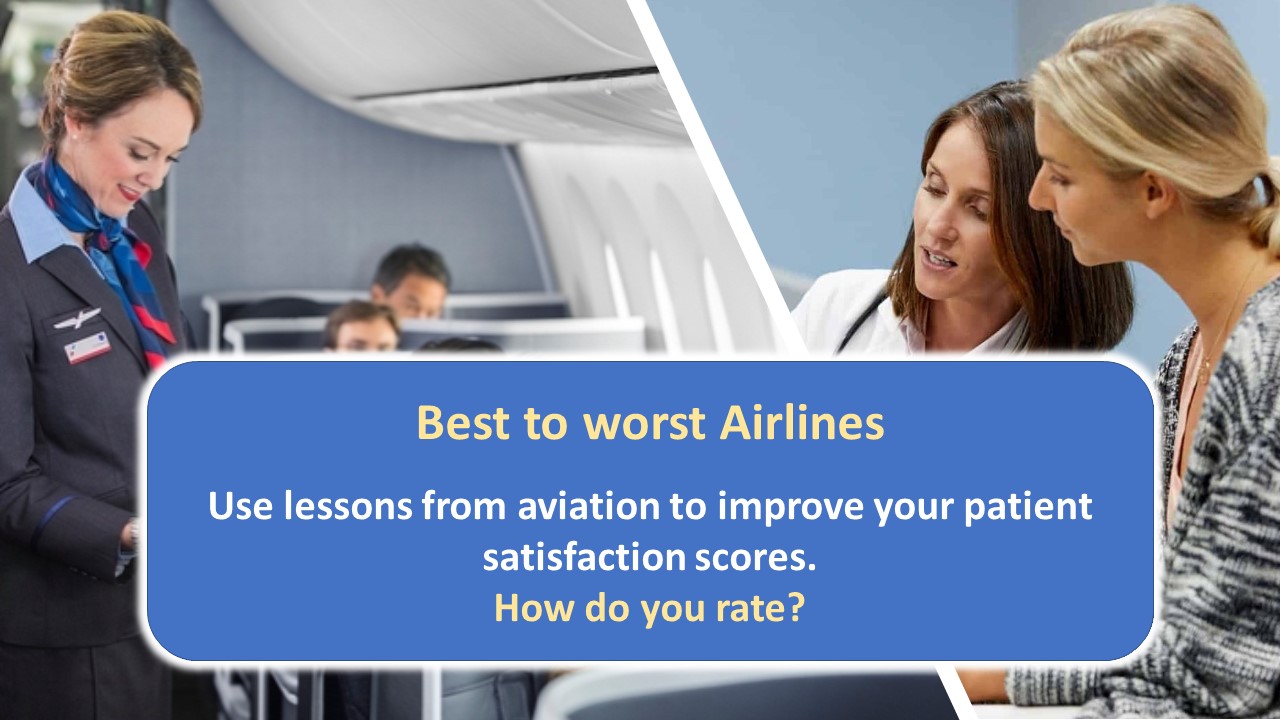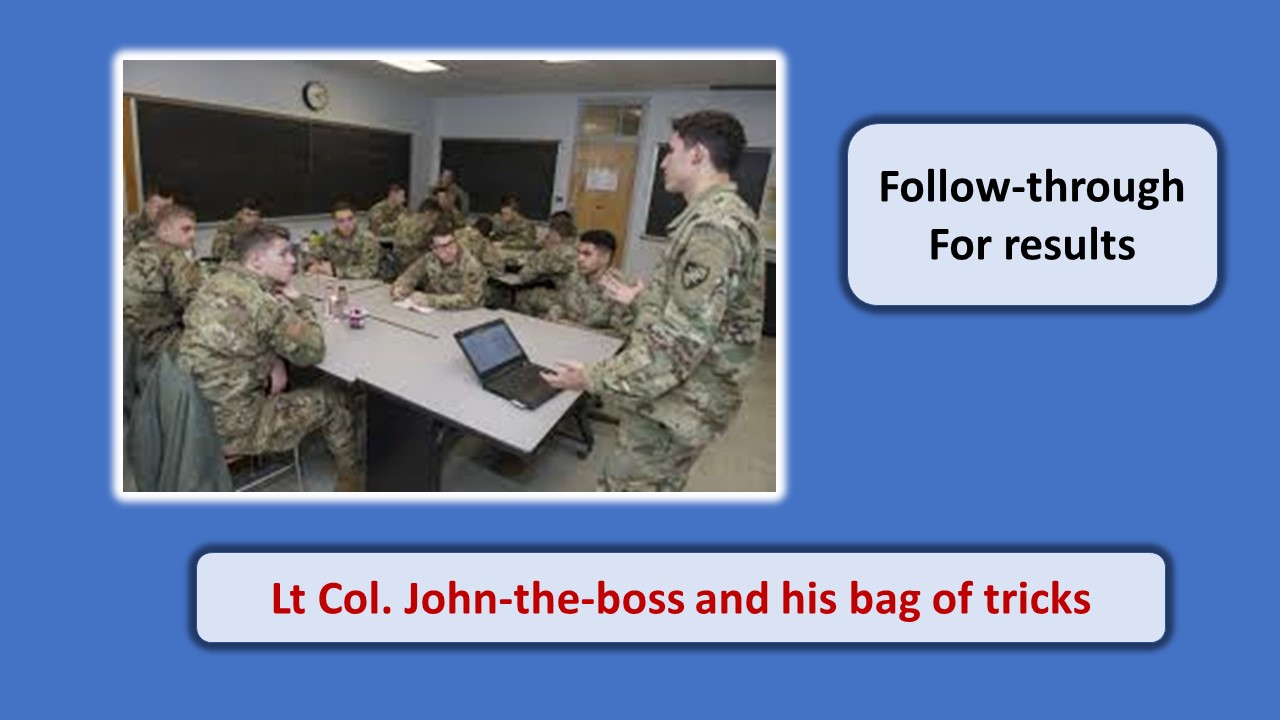By Thomas Davis, DNAP, MAE, CRNA
Follow @procrnatom on twitter
Social media is abuzz with strong opinions about diversity,
social justice, and equality for all.
Facebook, twitter, and professional discussion boards such as AANA
connect display hundreds of comments from passionate people who want their
opinions to be heard. Overnight,
diversity has become a hot topic for discussion throughout our society. While cultural diversity is important, it is
the assurance of inclusion, both in society and in the workplace, that adds
equality to the equation.
Diversity
versus Inclusion; what’s the difference?
Diversity
Throughout its history, the United States has been referred
to as a cultural melting pot. We are a nation
of immigrants where most people found their way to our country seeking an
opportunity for a better life while others were captured, enslaved, and brought
to our shores against their wishes.
Regardless of the circumstances for immigration, every individual currently
in our society adds a unique perspective to the diversity of the nation.
Without question, we are a diverse nation; however, that
does not ensure that all people are respected and treated equally. The decades of struggle by women and African
Americans to obtain the right to vote highlights an instance of segments of a
diverse population that were excluded from full citizenship and serves as an
example of diversity without inclusion.
Inclusion
Inclusion is living one’s life with the belief that all
people are important and deserving of respect.
It is overtly manifested by behavior affirming that the best and most
creative ideas arise from many ideas and mandates participation by each segment
of our diverse population. Writing for Forbes.com,
author
Dan Schawbel stresses the importance of workplace inclusion by noting,
“Inclusion is a call to action within the workforce that means actively
involving every employee’s ideas, knowledge, perspectives, approaches and
styles to maximize business success.”
On the job, behavior ensuring that every member of
the team can participate fully and equally in creative thinking, problem
solving, and the development of innovative practice protocols are examples of
inclusion. In an inclusive environment,
all voices are heard, and all opinions are thoughtfully considered.
Creating inclusion in the workplace produces positive
consequences as noted by The
Denver Foundation;
- Higher job satisfaction
- Lower job turnover
- Higher employee morale
- Improved problem solving
- Increased creativity and innovation
- Increased organizational flexibility
- Improved quality of applicants for open positions
- Decreased vulnerability to legal challenges
There is no downside to a culture of inclusion in the
workplace.
Avoid subtle forms of exclusion
Overt exclusion involves behavior that is blatantly
discriminatory and is illegal in most workplaces; However, covert forms of
subtle discrimination are more difficult to identify and occur more frequently. Author Jane
O’Reilly identifies behavior such as failure to respond to a greeting from
a colleague or looking at the phone while talking to a person as being
dismissive and are examples of social exclusion. Psychology
today author Lynne Soraya adds to the list of workplace behavior that
exclude team members and increases polarization of the workgroup. She identifies the following as killers of
inclusion:
- Publicly reprimanding of an employee
- Selectively not inviting all stakeholders
to a meeting
- Using sarcasm / ridicule when speaking to another
employee
- Dismissing those who do not speak up quickly as
having nothing to say
- Judging a colleague as less than committed if he/she
does not participate in off duty activities
- Committing a colleague to travel or extra work
without discussing it with them
- Punishing an associate for speaking up
truthfully when something is not right
- Cutting off and dismissing a person if they have
a complaint
- Finishing a sentence or thought for another
person if they speak slowly
- Bullying in any form
Writing for Quill.com, author
Lindsay Kramer adds isolation, minimizing, and ignoring to the list of
subtle behaviors that exclude people from full participation on a work team;
behavior that must be taboo in the workplace.
Build an
inclusive workplace culture
Human Resources has done their job and staffed your
workplace with a multi-cultural, multi-gender, and multi-generational team;
they have created diversity. Now, it is
up to you to add the magic ingredient of inclusion to capitalize on the
ingenuity that each person adds to the group.
Here are some behaviors that will promote inclusion and transform the
culture of your workplace
Examine your assumptions and become aware of hidden
bias that you may have. Ask yourself,
“What if the opposite were true?” For
example, instead of assuming that James is not capable of taking on a project,
consider that he is fully capable but has never been encouraged or given the
opportunity to show his talent.
Seek opinions and ideas from a broad range of
people. Move beyond the comfort zone of
your inner circle and ask for opinions from staff members who will most be
affected by your decision. Have a small,
diverse group of workers meet to discuss issues and go around the table to
ensure that each person speaks. Listen
attentively and if someone does not express an opinion the first time around
the table, go back to that person and ask him/her to comment on a suggestion made
by another person.
Focus, listen, and ask questions when you are
speaking to others. Even the quietest
people among the team have opinions and often they are quiet due to a history
of being marginalized. Actively
listening and asking questions to expand the person’s train of thought sends a
clear message that they are valued and builds a sense of inclusion.
Defuse drama and have zero tolerance for gossip or
bullying in your workplace. Drama
focuses on a problem, creates a victim and is divisive to a team. Instead, focus on finding a solution and
encourage mentoring and coaching. My
previous article, 4
keys to eliminating disruptive behavior has additional tips for leaders
who actively fight drama in the workplace.
Showcase the achievements of each team member and tie
their individual accomplishments to the success of the team. Demonstrate your belief that all jobs are
important and praise grassroots workers for their commitment to the job and the
team. Post a Kudos Board in the break
room and spotlight each team member several times per year and turn all
birthdays into special days hailed by the entire team.
Promote cultural awareness by celebrating ethnic
special days. Plan festive displays in
the break room for Cinco de Mayo, Kwanzaa, St. Patrick’s Day, Ramadan, and
other holidays that are celebrated by individual members of the team.
Encourage multigenerational collaboration among team
members. The Boomers on your team were
born and raised in a world without cell phones or computers whereas the youngsters
cannot imagine a world without them. My
previous article, Older workers
strengthen the team,notes that combining the street sense of
the elders with the tech savvy of Gen Y & Z is a great formula for
success. In a highly productive
workplace, mentoring is two way and trans-generational with each demographic
learning valuable lessons from the other.
Build a gender-neutral environment where rewards and
recognition are based on achievement. Harvard
Business Review author
Tara Sophia Mohr advises against listing qualifications for a job because
women don’t apply unless they meet 100% of the items whereas men apply when
they meet 60% of the qualifications.
Rather, list the desired behavior and achievements expected from the new
person and more women will apply. Writing
in Forbes Magazine, author
Peggy Yu advocates gender neutral language in all management policies to
include pay and benefits. In addition,
she notes that gender friendly bathrooms complete with pads and tampons promote
an inclusive culture.
Diversity and Inclusion
Several centuries of American history have documented that
diversity without inclusion marginalizes segments of the population and sets
the stage for the protests that we are currently witnessing across the
country. Politicians can pontificate and
pundits can tell us what we ought to do, but meaningful change will only happen
at the grassroots level. I cannot change
the world, but I can change my world starting with my workplace
and that mandates a culture of inclusion.
It is time to stop talking and get to work.
Tom is an
experienced leader, author, and requested speaker. Click here for a
video introduction to Tom’s talk topics.
